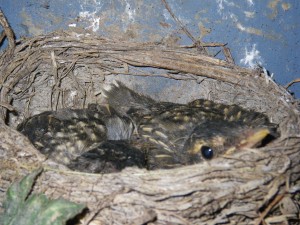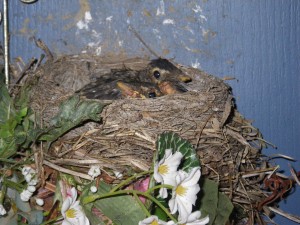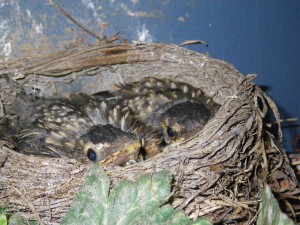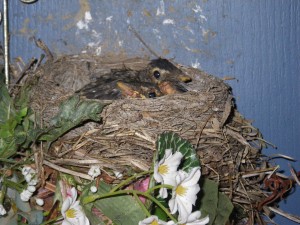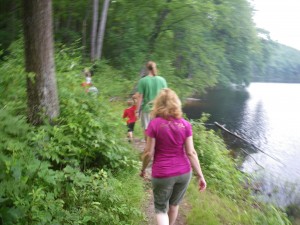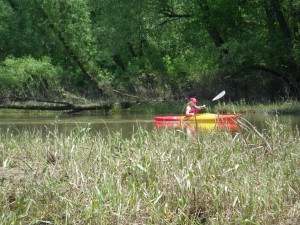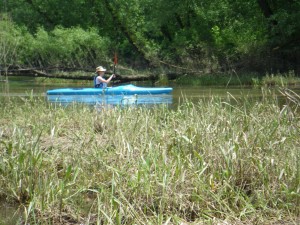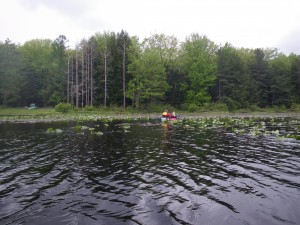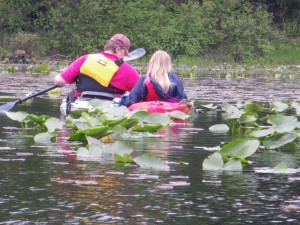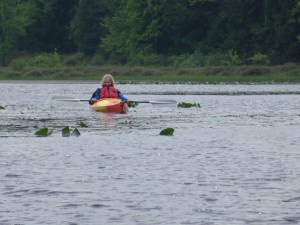August 2, 2011
Yes, Grace… I was. We were painting the swingset and ‘chit-chatting’ as my granddaughter likes to call it. Being a baby-boomer has its perks as I have this long view of such matters as ‘what girls and boys do’ and some opinions about how it affects our health…all the way from bone density based on early childhood through developmental years of activity versus inactivity to body image and weight. Or so I thought.
Why is it that the same divisions that seemed like we worked through in the past still remain? The boys always played together at recess…something fun like kickball or chase or even just ‘let’s go expore the other side of the playground.’ The girls always played together at recess…something like ‘let’s catch up on who’s wearing what’ [like we couldn’t all see that and who cares…] and ‘let’s play house’…
 Much to my surprise, Grace told me as we were painting all about how she is the girl who crosses over to play with the boys. I knew she played sports at recess because shopping for clothes for Grace means buying something pretty and pink but something–like she is wearing to drive the tractor with Granddad–that she can hang upside down in on any number of jungle gym type toys… skorts–those marvelous crossovers between shorts and skirts are the perfect ticket and have only gotten much cuter over the years. She told me that her best friend is a boy. She was the only girl invited to his birthday party. She told me how there is one boy who sometimes plays with the girls…when they need a ‘daddy’ for their household.
Much to my surprise, Grace told me as we were painting all about how she is the girl who crosses over to play with the boys. I knew she played sports at recess because shopping for clothes for Grace means buying something pretty and pink but something–like she is wearing to drive the tractor with Granddad–that she can hang upside down in on any number of jungle gym type toys… skorts–those marvelous crossovers between shorts and skirts are the perfect ticket and have only gotten much cuter over the years. She told me that her best friend is a boy. She was the only girl invited to his birthday party. She told me how there is one boy who sometimes plays with the girls…when they need a ‘daddy’ for their household. 
Interesting, I told her. I was the one rolling down hills, climbing trees, and well–being a ‘tomboy’ when I was growing up, too. “A tomboy? What’s that,” Grace asked me.
Well, at least that has changed…


